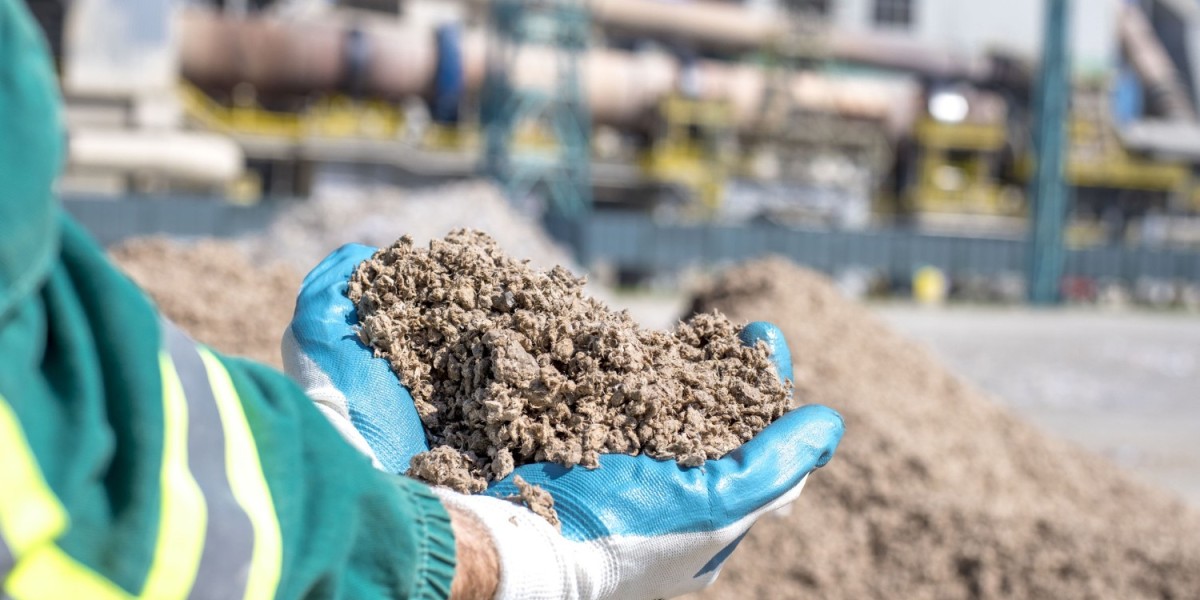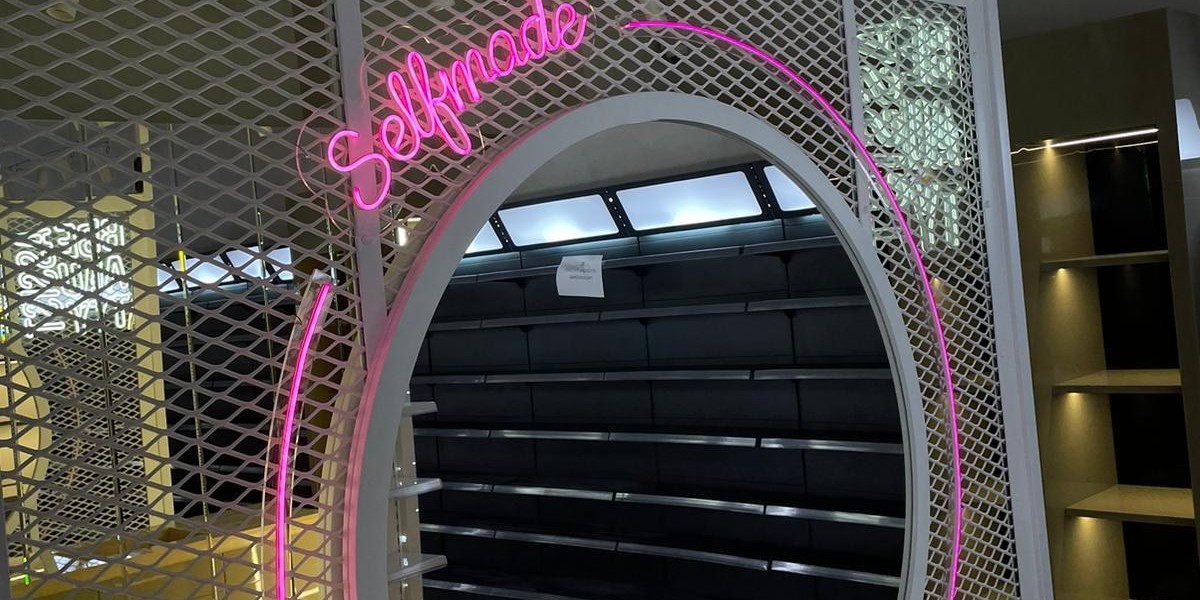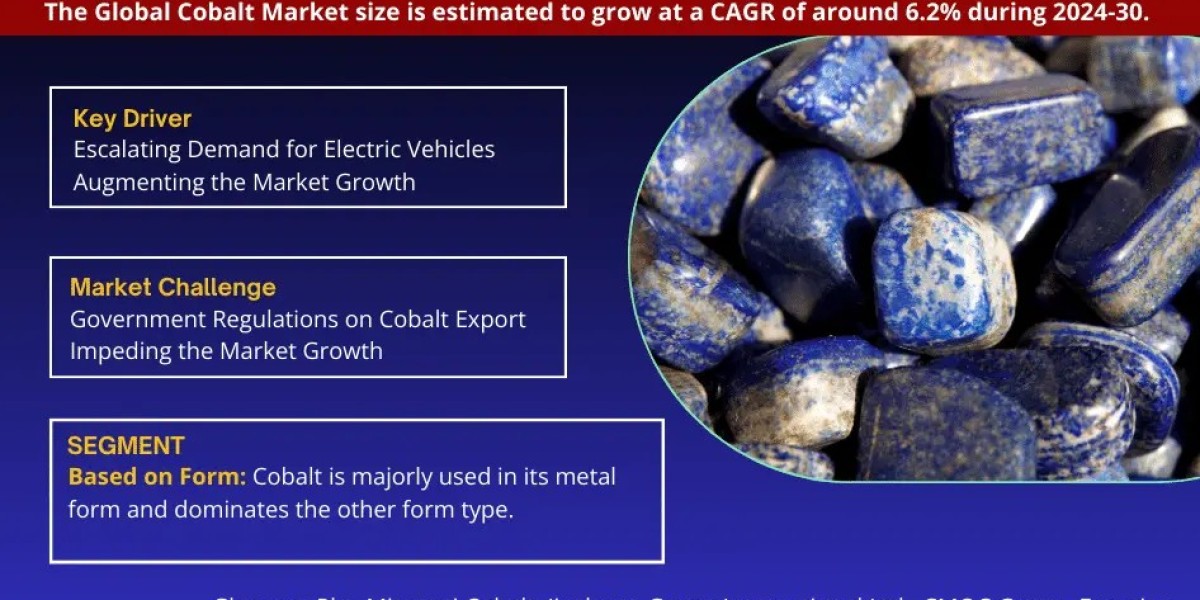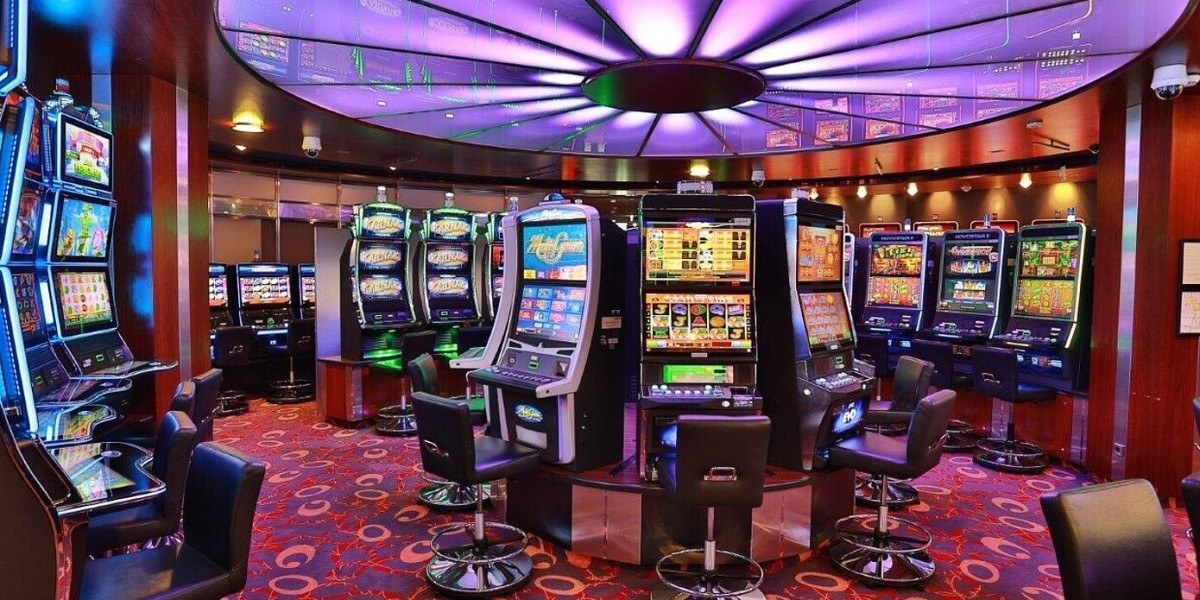Introduction
In the world of mining and tunneling, structural stability and worker safety are paramount. As projects go deeper underground and face increasingly complex geological conditions, traditional methods of reinforcement often fall short. This is where shotcrete — a method of spraying concrete at high velocity — has become a game-changing solution. Its adaptability, speed of application, and durability make it indispensable for modern operations.
However, two key considerations often shape decision-making in this space: finding the right shotcrete contractors and understanding the shotcrete price per m2. Contractors bring the technical expertise needed to apply shotcrete correctly and safely, while pricing determines the feasibility and budgeting of large-scale projects.
In this blog, we’ll explore why skilled shotcrete contractors are critical to mining and construction projects, how pricing is calculated, what factors influence costs, and how organizations can balance safety with affordability. We’ll also look at innovations shaping the future of shotcrete applications.
The Role of Shotcrete Contractors
Shotcrete contractors are specialized professionals who handle the design, mixing, and application of sprayed concrete in complex environments like tunnels, mines, and large infrastructure projects. Unlike standard concrete workers, shotcrete contractors require additional expertise in operating high-pressure equipment, understanding geological conditions, and applying reinforcement layers in confined or unstable areas.
Their responsibilities include:
Site assessment: Evaluating rock conditions, moisture levels, and excavation depth.
Mix design: Customizing the shotcrete mix for strength, durability, and adhesion.
Application: Using specialized equipment to spray shotcrete evenly across surfaces.
Quality control: Ensuring thickness, compressive strength, and adhesion meet safety standards.
Integration with other systems: Coordinating with engineers for rock bolts, mesh, and thin spray liners.
Hiring skilled contractors ensures that shotcrete not only strengthens the structure but also meets regulatory safety standards. Poor workmanship, on the other hand, can lead to weak adhesion, cracking, and costly repairs.
Why Shotcrete is Vital in Mining and Construction
The mining industry, in particular, presents unique challenges such as rock instability, water ingress, and high stress from surrounding geology. Traditional methods like timber or steel supports cannot always handle these conditions. Shotcrete, however, provides several distinct benefits:
Immediate support: Once applied, it stabilizes rock surfaces quickly.
Adaptability: Adheres to irregular surfaces without the need for formwork.
Durability: Resistant to weathering, chemical exposure, and fire.
Efficiency: Faster to apply than traditional reinforcement systems.
For construction projects such as road tunnels, hydropower facilities, or underground metro systems, shotcrete has proven invaluable in reducing excavation downtime and ensuring long-term stability.
Understanding Shotcrete Pricing
One of the most common questions project managers ask is: What is the cost of shotcrete?
Pricing is generally expressed as the shotcrete price per m2. This figure can vary widely depending on a range of factors, including the project’s size, complexity, and location.
Shotcrete pricing typically includes:
Material costs: Cement, aggregates, admixtures, and fibers.
Labor: Skilled contractors and operators.
Equipment: High-pressure spraying machines and pumps.
Logistics: Transportation and site setup.
Thickness required: Greater thickness equals higher material and labor costs.
On average, shotcrete pricing can vary anywhere between modest per-square-meter costs for small projects to significantly higher rates for large, deep-level mines requiring specialized materials and advanced reinforcement.
Factors Influencing Shotcrete Price per m2
Understanding the variables that affect cost helps project managers budget more effectively. The main factors include:
Geological Conditions
Softer or fractured rock requires thicker layers and more reinforcement, raising costs.Mix Design
Standard mixes are cheaper, but fiber-reinforced or chemical-resistant shotcrete costs more due to added materials.Application Method
Wet-mix shotcrete generally costs more upfront but saves on dust control and rebound waste. Dry-mix can be cheaper but may require more finishing.Project Size and Scale
Larger projects benefit from economies of scale, lowering per-m2 costs. Smaller projects may incur higher costs due to setup expenses.Labor Expertise
Hiring certified and experienced shotcrete contractors ensures better quality but can also add to labor costs.Location and Accessibility
Remote mines or tunnels often involve higher transport and logistics costs.
By considering these variables, project managers can strike a balance between quality and budget.
Shotcrete vs. Traditional Reinforcement Costs
It’s important to compare shotcrete pricing with traditional alternatives like steel mesh, timbering, or precast concrete. While the initial cost per m2 of shotcrete may seem higher in some cases, long-term savings often make it more cost-effective.
Reduced downtime: Faster application keeps projects moving.
Lower maintenance: Shotcrete requires fewer repairs than traditional supports.
Improved safety: Fewer accidents mean reduced liability and insurance costs.
For example, in a copper mine in Chile, switching to shotcrete reduced reinforcement costs by 20% over five years due to fewer collapses and repairs.
Innovations Reducing Shotcrete Costs
The future of shotcrete is not only about safety but also affordability. Recent innovations include:
Fiber-reinforced shotcrete: Reduces the need for steel mesh, cutting labor costs.
Robotic spraying systems: Improve consistency and reduce manpower needs.
Eco-friendly admixtures: Extend durability, lowering long-term repair costs.
On-site batching plants: Reduce transportation expenses and material waste.
As these technologies become mainstream, the average shotcrete price per m2 is expected to decrease, while overall project safety and efficiency increase.
Choosing the Right Shotcrete Contractors
Selecting contractors is as important as budgeting for the project. When evaluating shotcrete contractors, consider:
Experience: Look for companies with proven expertise in mining or tunneling.
Certifications: Ensure compliance with industry standards.
Technology: Contractors using advanced spraying systems often deliver better results.
Reputation: Case studies, testimonials, and references are crucial.
Support Services: Contractors who also provide materials (like grout or fibers) streamline project logistics.
By choosing reliable contractors, organizations ensure that both the technical and cost aspects of shotcrete are managed effectively.
Case Study: Shotcrete in South African Mines
South Africa’s deep-level mines have some of the harshest geological conditions in the world. In gold mining regions, collapses and rockfalls are common risks. By employing skilled shotcrete contractors, companies have significantly reduced accident rates and operational delays.
In one example, the introduction of shotcrete reduced the frequency of rockfalls by nearly 40% in a platinum mine. Although the upfront cost per m2 was higher, the overall savings in downtime, equipment damage, and insurance payouts made the investment worthwhile.
Conclusion
Shotcrete has become a cornerstone of modern mining and construction projects, offering unmatched strength, adaptability, and efficiency. Choosing the right shotcrete contractors ensures that this powerful solution is applied effectively, while understanding the shotcrete price per m2 helps project managers budget realistically.
While initial costs may vary depending on conditions and project scope, the long-term benefits of reduced maintenance, improved safety, and faster timelines make shotcrete one of the most cost-effective reinforcement options available.
As technology continues to advance, shotcrete will only become more affordable and effective, cementing its role in the future of mining and tunneling.
Frequently Asked Questions (FAQ)
1. What is the average shotcrete price per m2?
Shotcrete costs vary depending on thickness, material type, and project conditions. Generally, pricing is provided per square meter, with detailed breakdowns available in project-specific estimates.
2. Do shotcrete contractors provide materials as well as labor?
Many shotcrete contractors offer full-service solutions, including mix design, supply of materials, and application. Others may only provide labor and equipment, requiring project managers to source materials separately.
3. Is shotcrete more expensive than traditional support systems?
Upfront, shotcrete can cost more than timber or mesh. However, its durability, speed of application, and lower maintenance needs often make it more cost-effective in the long run.
4. How do I choose the right shotcrete contractor?
Look for experience, certifications, advanced technology, and positive client references. Contractors who understand both mining and tunneling applications provide the best results.
5. Can shotcrete be used in civil construction as well as mining?
Yes. Shotcrete is widely used in road tunnels, hydropower facilities, subways, and slope stabilization, making it versatile across multiple industries.
6. What factors can increase shotcrete pricing?
Factors include project location, rock conditions, required thickness, labor availability, and whether specialized mixes (like fiber-reinforced shotcrete) are used.









